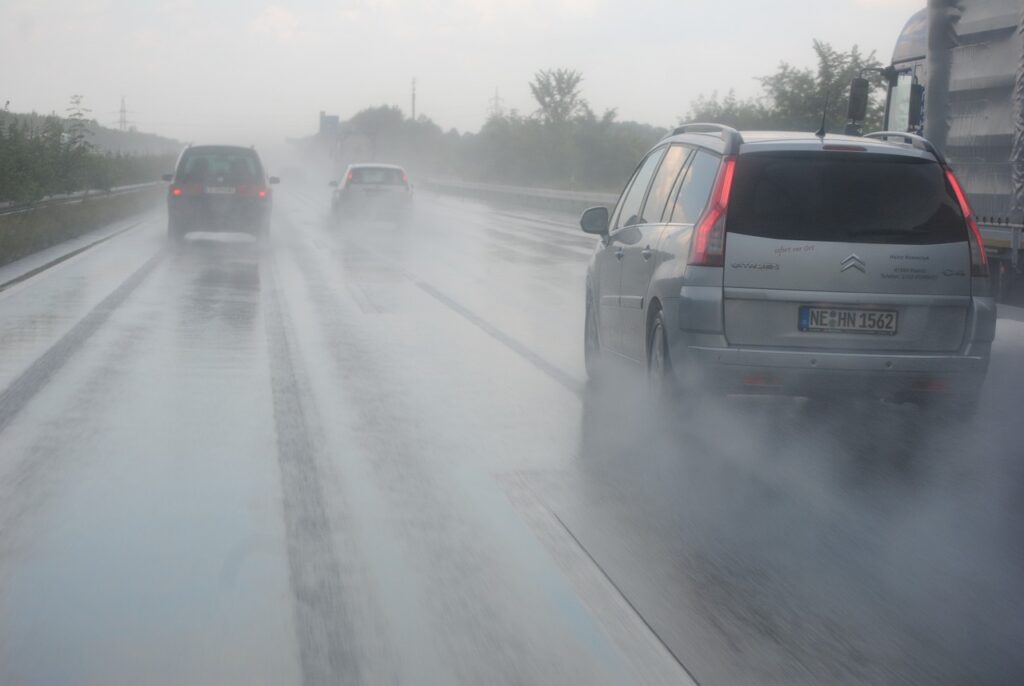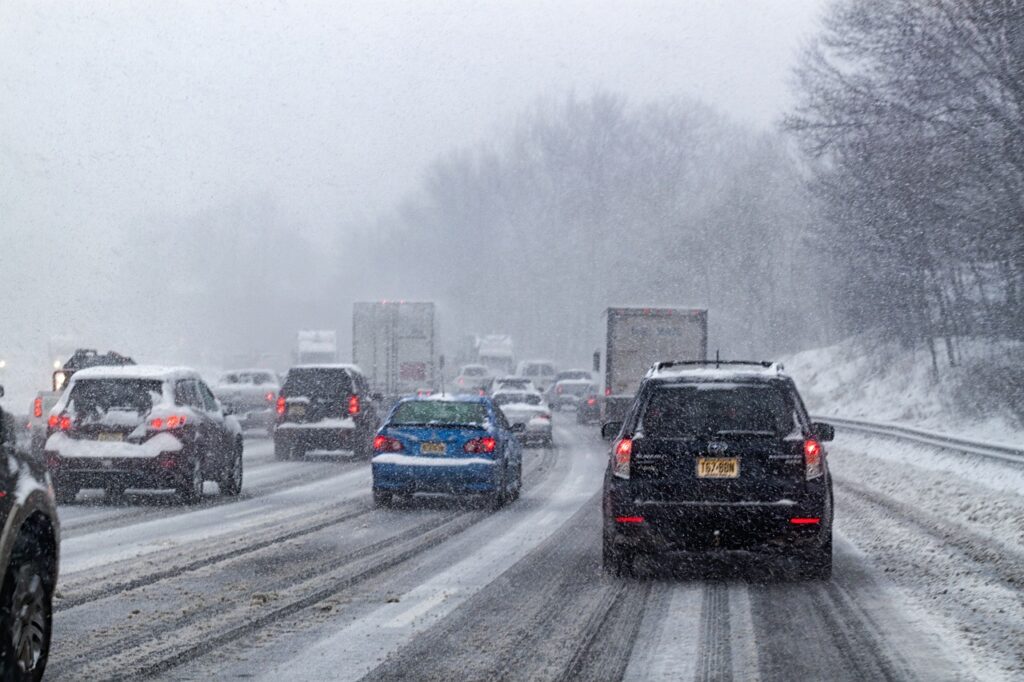
The open road can be a liberating experience, but when Mother Nature decides to challenge us with adverse weather conditions, driving can quickly become a daunting task. Rain, snow, and fog can significantly reduce visibility and traction, posing serious risks to drivers and passengers alike. In this blog, we’ll explore essential tips and strategies to help you navigate bad weather conditions safely and confidently. So, let’s gear up and prepare to take on the challenges of driving in rain, snow, and fog like seasoned pros!
- Understanding the Challenges:
Driving in bad weather comes with a unique set of challenges, each requiring specific precautions. Rain can create slippery surfaces, reducing tire grip and increasing the likelihood of hydroplaning. Snow and ice make roads treacherous, causing vehicles to slide and skid. Fog impairs visibility, making it challenging to see other vehicles, pedestrians, or road signs. Acknowledging these challenges is the first step towards being prepared for safe driving in adverse weather.
a) Check Your Tires:
Properly inflated tires with sufficient tread are crucial for maintaining traction on wet or icy roads. Consider using winter tires for added grip in snowy conditions.
b) Inspect Your Brakes:
Well-functioning brakes are essential for safe driving in any weather. Have your brakes inspected regularly and replace worn brake pads promptly.
c) Ensure Working Lights:
Check that all your vehicle’s lights, including headlights, taillights, brake lights, and turn signals, are functioning correctly. Lights are vital for visibility in poor weather conditions.
d) Windshield Wipers and Fluid:
Make sure your windshield wipers are in good condition and replace them if they streak or leave smudges. Keep your windshield washer fluid reservoir topped up for clear visibility.
- Driving in Rain:
a) Reduce Speed:
Rain can create slippery road surfaces, so reduce your speed to maintain better control of your vehicle.
b) Increase Following Distance:
Allow for a greater following distance between your vehicle and the one in front of you to provide ample time to brake safely.
c) Turn on Headlights:
Turn on your headlights to increase your visibility to other drivers, even during daylight hours.
d) Avoid Cruise Control:
Avoid using cruise control in wet weather to maintain more control over your vehicle’s speed.
- Driving in Snow and Ice:
a) Gentle Braking:
Brake gently to avoid skidding on icy or snowy roads. If your vehicle starts to skid, steer in the direction you want to go.
b) Accelerate Gradually:
Avoid sudden acceleration on slippery surfaces to prevent wheelspin.
c) Drive Slowly:
Drive at a slower pace to accommodate for reduced traction and longer stopping distances.
d) Clear Snow from Windows:
Ensure all windows, mirrors, and lights are clear of snow and ice before starting your journey.
- Driving in Fog:
a) Use Fog Lights:
If your vehicle is equipped with fog lights, use them in foggy conditions for improved visibility.
b) Slow Down:
Reduce your speed significantly in fog to give yourself more time to react to unexpected hazards.
c) Use Low Beams:
Switch to low beam headlights to reduce glare and improve visibility.
d) Stay Cautious at Intersections:
Be extra cautious at intersections, as visibility can be severely limited.
- Pay Attention to Weather Forecasts:
Before embarking on a journey, check weather forecasts to be prepared for changing weather conditions. If severe weather is expected, consider postponing your trip if possible.
- Keep an Emergency Kit:
Carry an emergency kit that includes essentials such as a flashlight, first aid supplies, a warm blanket, and non-perishable snacks. In case of unexpected weather-related delays or emergencies, this kit can be a lifesaver.

Conclusion:
Driving in bad weather conditions requires extra caution, preparation, and adaptability. By understanding the challenges posed by rain, snow, and fog, and taking necessary precautions, you can stay safe on the roads even when the weather is less than ideal. Remember to prepare your vehicle, adjust your driving techniques, and stay informed about weather conditions before heading out. Prioritizing safety and staying attentive to changing conditions will help you confidently navigate through rain, snow, and fog. Happy and safe driving!